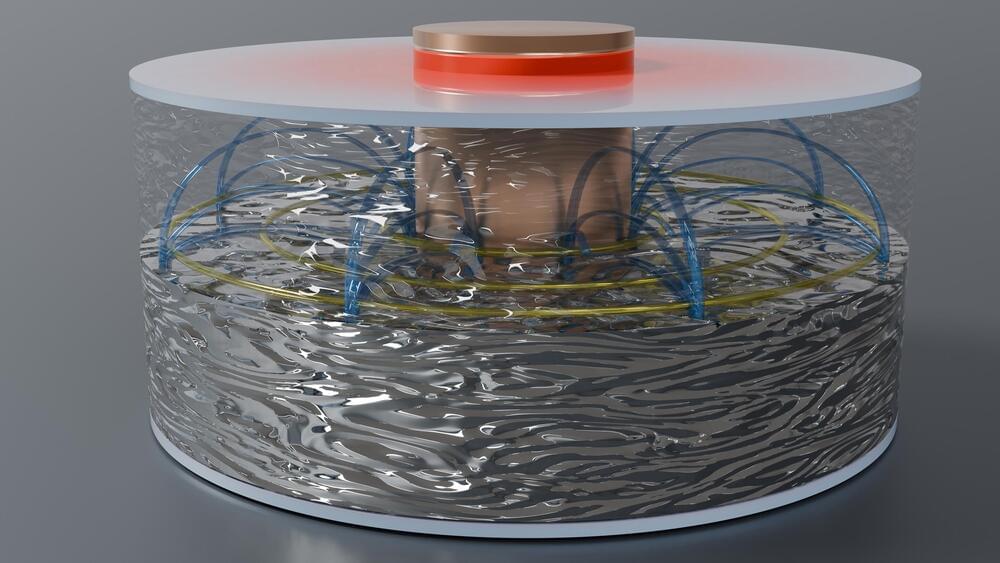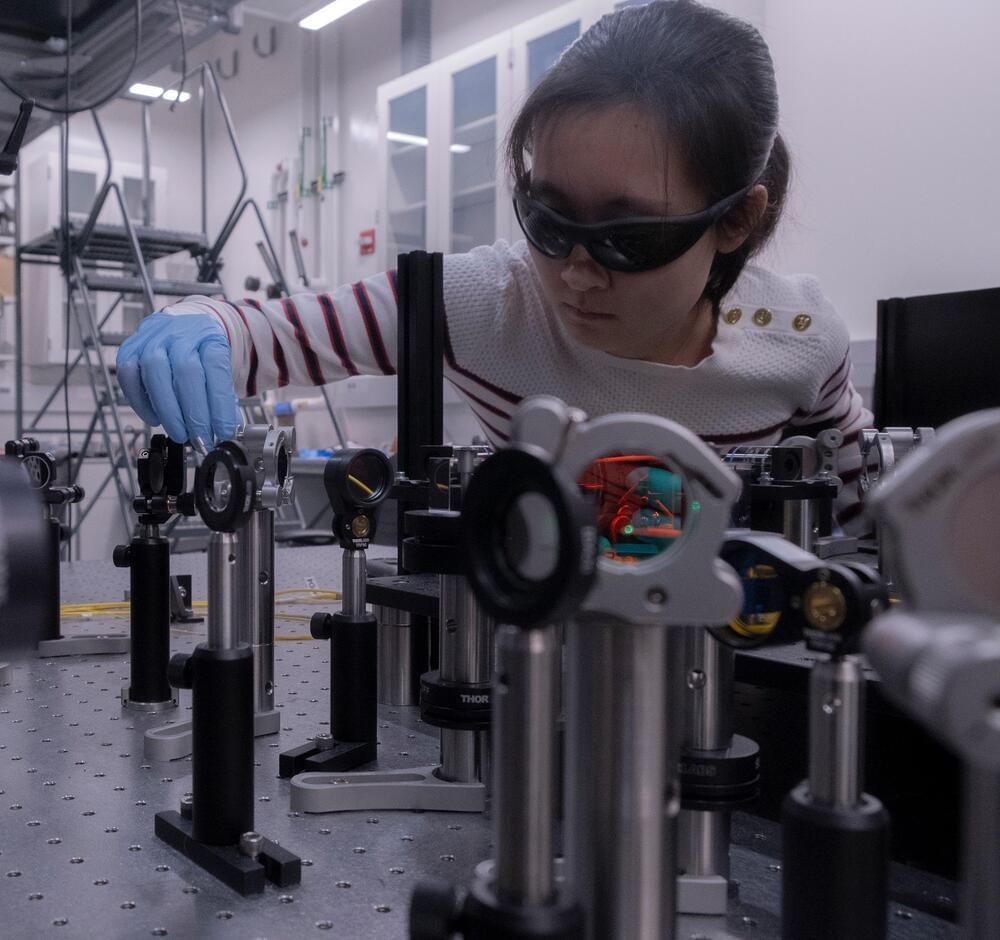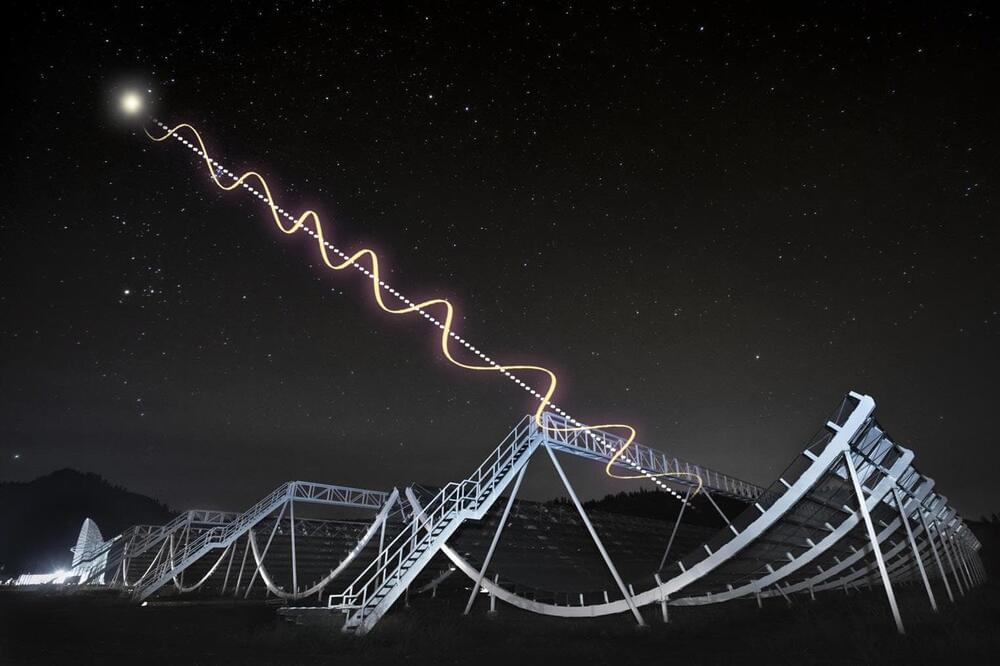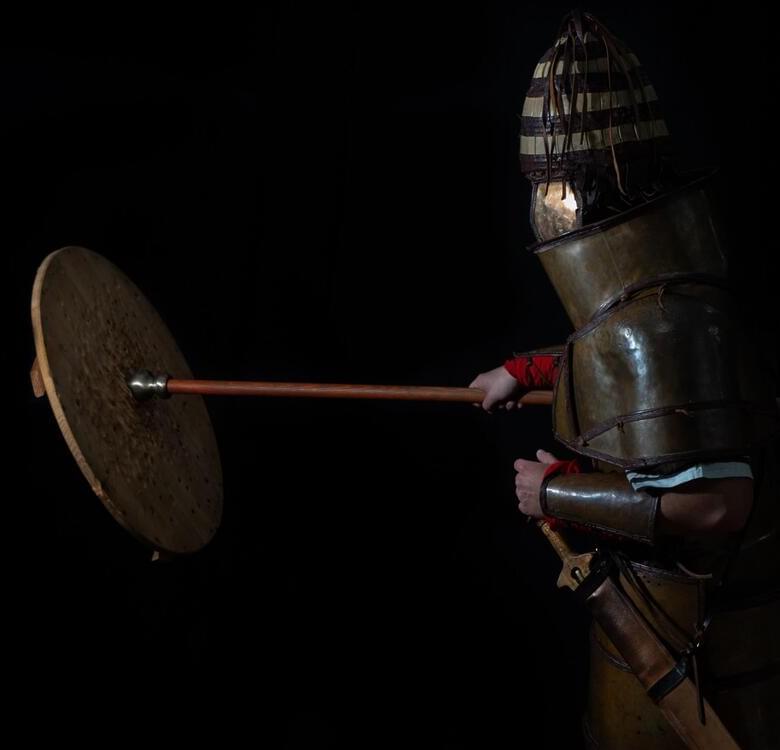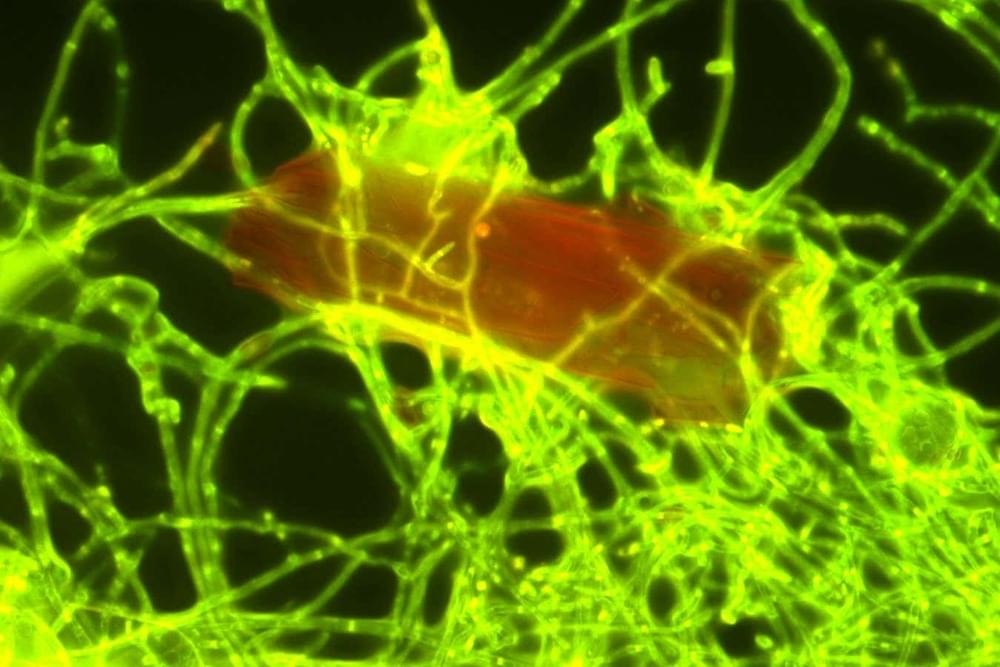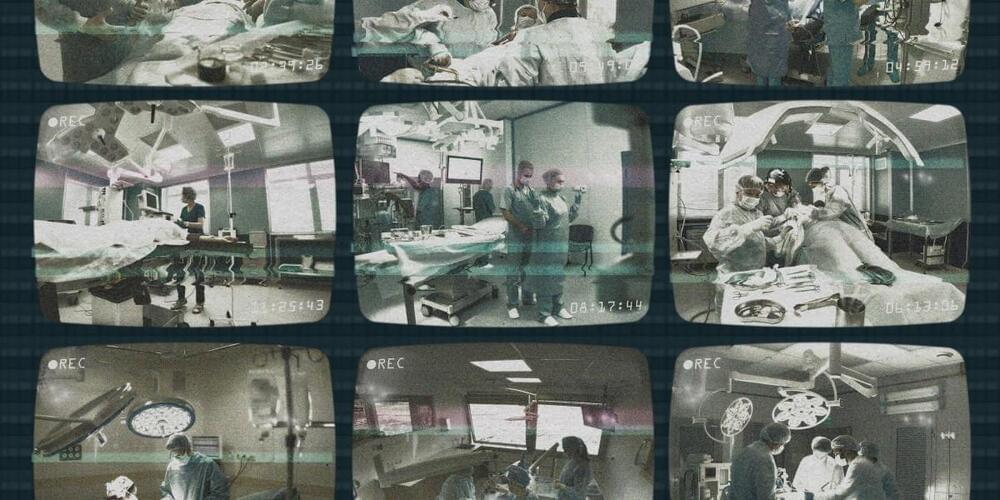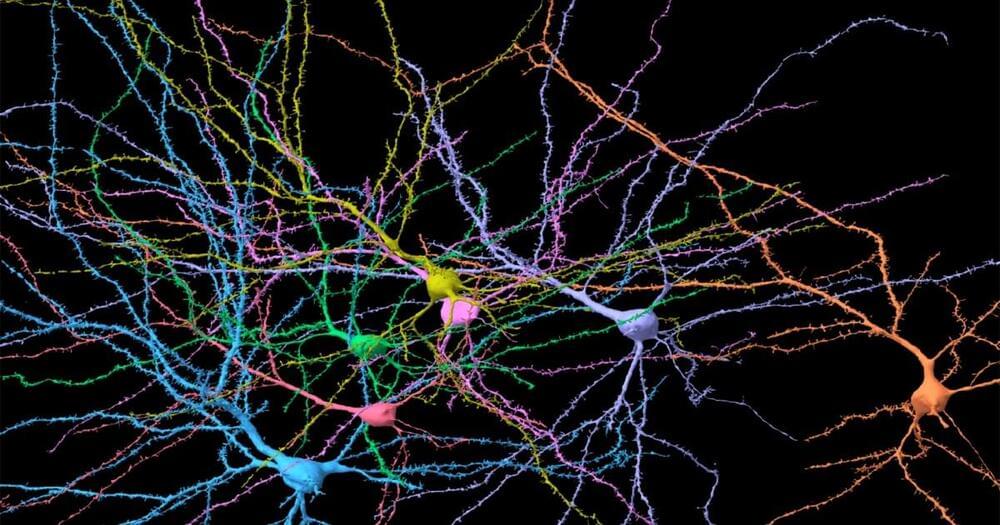A trio of physicists at Sorbonne Université, in France, has observed a thermoelectric effect between two liquid materials for the first time. In their study, published in Proceedings of the National Academy of Sciences, Marlone Vernet, Stephan Fauve and Christophe Gissinger put two types of liquid metals together at room temperature and subjected them to a heat gradient.
In a study published in The Astrophysical Journal, Prof. Zhou Xia from the Xinjiang Astronomical Observatory (XAO) of the Chinese Academy of Sciences and collaborators have, for the first time, derived the dispersion relation for photons with nonzero mass propagating in plasma, and established a stringent upper limit for the photon mass at 9.52 × 10–46 kg (5.34 × 10–10 eV c-2) using data collected by ultra-wideband (UWB) receivers from pulsar timing and fast radio bursts (FRBs).
Theory has become practice as new work from the University of Chicago Pritzker School of Molecular Engineering taps diamond defects’ remarkable ability to concentrate optical energy.
Researchers have developed atomic antennas using germanium vacancy centers in diamonds, achieving a million-fold optical energy enhancement. This advancement allows the study of fundamental physics and opens new research avenues. The collaboration between theoretical and experimental teams was essential to this breakthrough.
Atomic antennas: harnessing light for powerful signals.
A study analyzing the properties of polarized light from 128 non-repeating FRBs reveals mysterious cosmic explosions originate in far-away galaxies like our own Milky Way.
New research from the University of Toronto utilizing data from the Canadian Hydrogen Intensity Mapping Experiment reveals that the majority of Fast Radio Bursts (FRBs) likely originate from environments similar to our Milky Way, with modest densities and magnetic fields. This finding contrasts with earlier studies which suggested that repeating FRBs come from highly magnetized areas.
Fast Radio Burst Research Advancements
The JADES Deep Field uses observations taken by NASA’s James Webb Space Telescope (JWST) as part of the JADES (JWST Advanced Deep Extragalactic Survey) program. A team of astronomers studying JADES data identified about 80 objects (circled in green) that changed in brightness over time. Most of these objects, known as transients, are the result of exploding stars or supernovae. Credit: NASA, ESA, CSA, STScI, JADES Collaboration.
Peering deeply into the cosmos, NASA’s James Webb Space Telescope is providing scientists with their first detailed glimpse of supernovae from a time when our universe was just a small fraction of its current age. A team using Webb data has identified 10 times more supernovae in the early universe than were previously known. A few of the newfound exploding stars are the most distant examples of their type, including those used to measure the universe’s expansion rate.
“Webb is a supernova discovery machine,” said Christa DeCoursey, a third-year graduate student at the Steward Observatory and the University of Arizona in Tucson. “The sheer number of detections plus the great distances to these supernovae are the two most exciting outcomes from our survey.”
A new study confirmed that a 3500-year-old Mycenaean suit of armor was combat-ready, as evidenced by tests with Greek Marines enduring a rigorous combat simulation, highlighting its significant role in Mycenaean military prowess.
A study recently published in the open-access journal PLOS ONE reveals that a famous Mycenaean suit of armor was designed for extended combat, not just for ceremonial purposes. The research, conducted by Andreas Flouris and colleagues at the University of Thessaly in Greece, supports its use in active warfare.
One of the oldest known suits of European armor is a 3500-year-old suit found near the village of Dendra, a few kilometers away from ancient Mycenae. Since its discovery in 1960, it has been unclear if this was a ceremonial suit or if it was suitable for battle. This question has important implications for understanding warfare in Late Bronze Age Europe, but no historical accounts describe the use of this style of armor. In this study, researchers combine historical and experimental evidence to investigate the combat suitability of the Dendra armor.
Two new therapies—one which uses the gene-editing technology—treat sickle cell anemia.
The plastic-digesting capabilities of the fungus Parengyodontium album could be harnessed to degrade polyethylene, the most abundant type of plastic in the ocean.
1. Privacy is important, but not always guaranteed. Grantcharov realized very quickly that the only way to get surgeons to use the black box was to make them feel protected from possible repercussions. He has designed the system to record actions but hide the identities of both patients and staff, even deleting all recordings within 30 days. His idea is that no individual should be punished for making a mistake.
The black boxes render each person in the recording anonymous; an algorithm distorts people’s voices and blurs out their faces, transforming them into shadowy, noir-like figures. So even if you know what happened, you can’t use it against an individual.
But this process is not perfect. Before 30-day-old recordings are automatically deleted, hospital administrators can still see the operating room number, the time of the operation, and the patient’s medical record number, so even if personnel are technically de-identified, they aren’t truly anonymous. The result is a sense that “Big Brother is watching,” says Christopher Mantyh, vice chair of clinical operations at Duke University Hospital, which has black boxes in seven operating rooms.
When a magnet is heated up, it reaches a critical point where it loses magnetization.
New finding appears to be universal across insects, mammals and humans.
A 3D reconstruction of select neurons within a small region of the human cortex. Credit: Harvard/Google.
